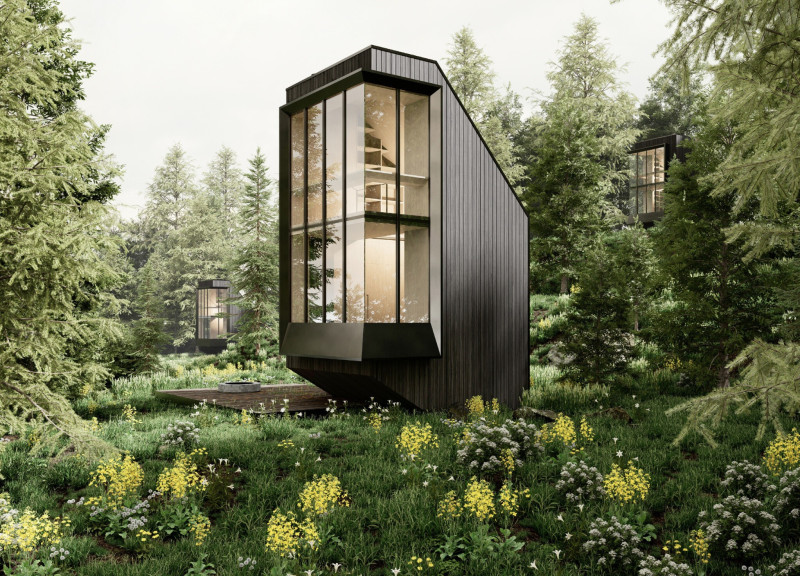5 key facts about this project
This project embodies an important representation of contemporary architecture, emphasizing sustainability and community engagement. It serves not simply as a physical space but as a catalyst for social interaction and cultural expression. The design facilitates a multifunctional approach, supporting various activities that foster collaboration and connection among its users. Such versatility is crucial in today’s urban context, where spaces must be adaptable to different needs and experiences.
The overall layout of the project is meticulously crafted to promote efficient movement and interaction. Key areas include open communal spaces that encourage gathering and engagement, paired with quieter zones for individual reflection or smaller group activities. The careful arrangement of these spaces optimizes natural light and ventilation, enhancing the overall environment within the structure. Expansive windows and strategically placed openings create visual transparency, offering connection to the outdoors while allowing the landscape to penetrate the interior.
Special attention has been paid to the selection of materials used throughout the project. Reinforced concrete provides robustness, while low-emissivity glass promotes energy efficiency by minimizing heat loss and improving insulation. Warm cedar wood cladding not only adds a natural element to the façade but also echoes local building traditions, creating a sense of place. The use of a steel framework allows for expansive interior spaces, free from intrusive columns, which is important for the multi-use functionality of the design. Additionally, green roof systems serve an ecological purpose, enhancing biodiversity and reducing the urban heat island effect, further aligning with sustainable design principles.
Unique design approaches employed in this project include the incorporation of outdoor spaces that blur the lines between the built environment and nature. Terraces and green walls are strategically integrated to encourage ecological interaction and improve air quality. Such elements not only enhance the aesthetic appeal but also highlight the importance of integrating natural ecosystems within architectural frameworks.
The architectural design promotes a sense of belonging and community. By drawing from cultural influences, it reflects the local identity, creating a space that residents can relate to and take pride in. The design successfully marries functionality with a strong narrative that is tied to its geographical context. The project is a clear example of how thoughtful architectural ideas can shape social dynamics, fostering an environment conducive to collaboration and connection.
For those interested in further exploring the architectural designs and concepts employed in this project, reviewing the architectural plans, sections, and detailed design elements will provide deeper insights into the innovative approaches at play. Engaging with these materials enhances understanding of how the interplay of architecture with its environment can yield spaces that are not only useful but also enriching to the fabric of community life.


 Martin Bernard Kloeckner
Martin Bernard Kloeckner 























